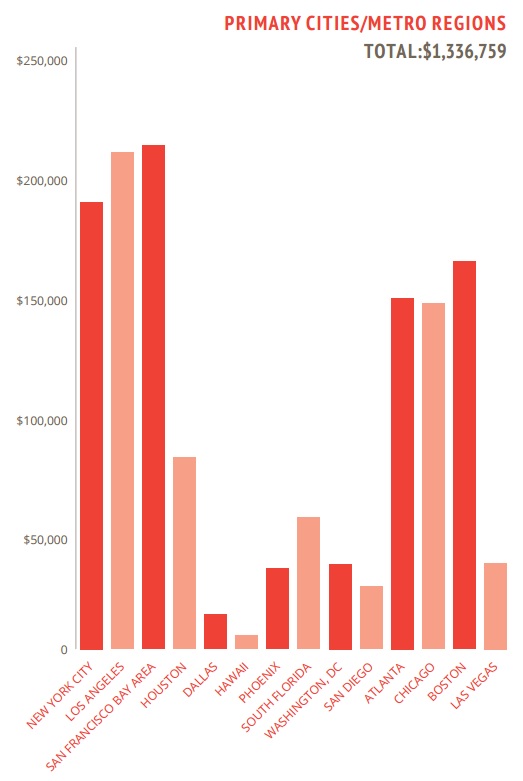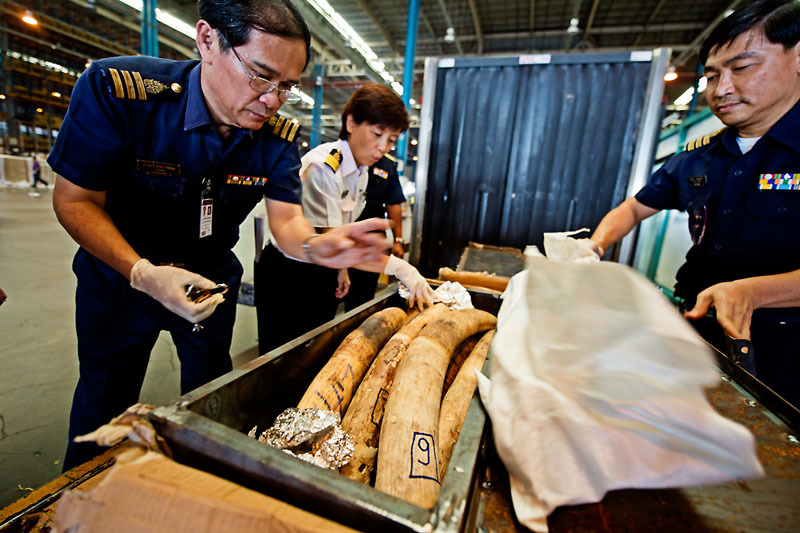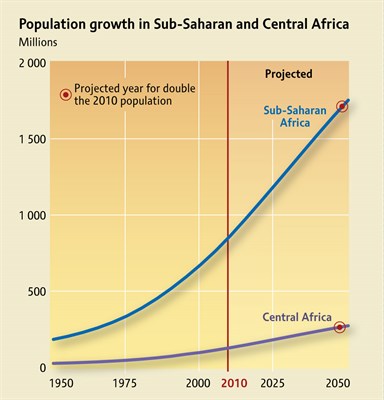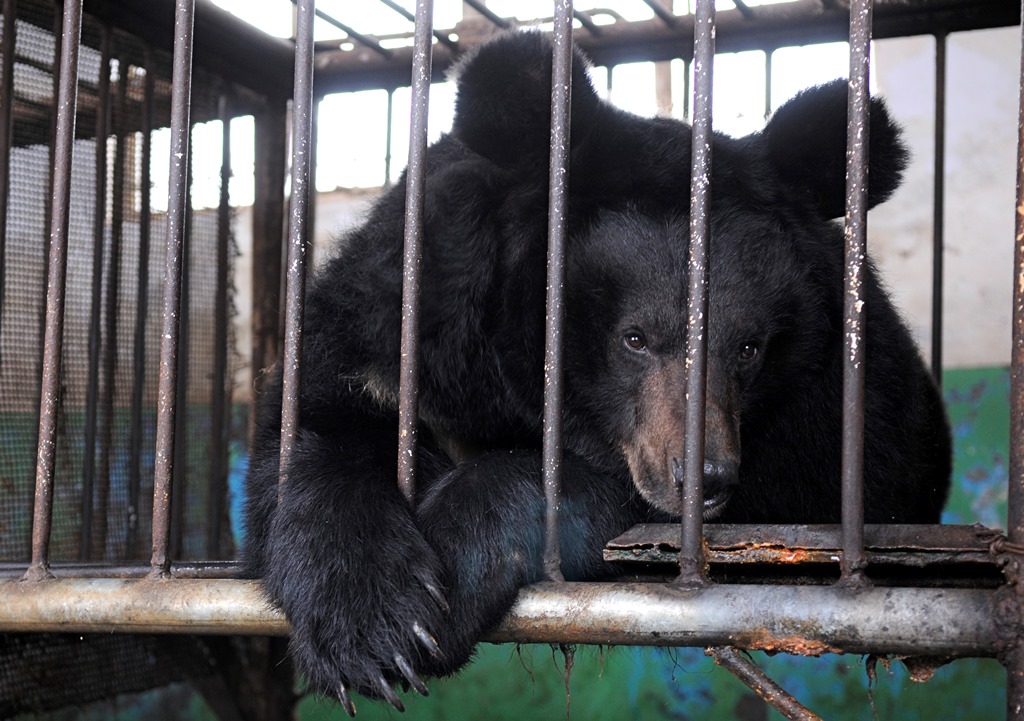Currently, the U.S. Department of State publishes the annual Trafficking in Persons (TIP) Report, “which places each country onto one of three tiers based on the extent of their governments’ efforts to comply with the ‘minimum standards for the elimination of trafficking.’”
Craigslist singled out in latest IFAW investigation
Informed by my career at eBay and as a student of the illegal wildlife trade, I have developed a keen interest in how wildlife traffickers use the internet to facilitate transactions. My last post, at least in small part, celebrated the decline of such sales on traditional e-commerce platforms in recent… read more
Wildlife trade shifting from e-commerce to social media
In a previous post several months ago, I discussed how e-commerce sites are a major conduit for the online trade of illegal wildlife products. The International Fund for Animal Welfare has been the foremost organization to monitor the online sale of wildlife products, and their 2014 report “Wanted–Dead or Alive” uncovered $11… read more
To Be or Not to Be: The ‘De-Extinction’ Debate
I’ll confess that, before this class, I wasn’t uniquely concerned about the illegal wildlife trade or the plight of endangered animals. As I researched the issue, however, the sheer gravity of the issue finally occurred to me. Particularly distressing for me was the prospect of species extinction—that my children may… read more
The Nature of Ivory Demand: Thailand
Thailand has become the second largest market in the world for illegal ivory, and by some estimates, the world’s fastest growing. Between 2009 and 2011, 10,923 kilograms of ivory was seized coming into the country. From January 2013 to December 2013, ivory pieces on sale at outlets in Bangkok grew from 5,715 to… read more
Adaptive Management to End Human-Wildlife Conflict
Human-wildlife conflict, at its core, is essentially a struggle over land use. Cattle grazing, agriculture, and other profitable land uses are attractive alternatives to preserving land for the conservation of species in many range countries, especially in Sub-Saharan Africa where fertility rates are among the highest in the world. By… read more
The Wildlife Trade in China: An Ill-Defined Problem
*This blog is part 3 of a 3 part series. Click here for Part 1—Conditioned Aid: A popular, but problematic policy option or here for Part 2—The Black Box of the Ivory Trade: Ivory Vendors* As I have mentioned in my other two blogs, Ana and I gained great insight on… read more
Where did this link between security and wildlife trafficking come from?
The scale and scope of poaching has escalated in recent years. Increasingly, observers are linking poaching to national security interests. Is this link real? Is there a good case to be made for the inclusion of wildlife trafficking in security issues? This blog post explores the evolution of the USG’s… read more
Coalition Against Wildlife Trafficking – Evaluation
Coalition Against Wildlife Trafficking In 2005, the United States Department of State created the Coalition Against Wildlife Trafficking (CAWT) to serve as a “voluntary public-private [international] coalition of like-minded governments and organizations that share the goal of ending the illegal trade in wildlife and wildlife products.” The CAWT’s three goals… read more
Conspicuous Consumption and Wildlife
Wildlife products are used as a status symbol around the world. Known as conspicuous consumption, the rising cost of certain wildlife products allows users to display wealth and elite status by consuming these products. Such consumption is considered to be one of if not the primary driver behind the recent… read more






